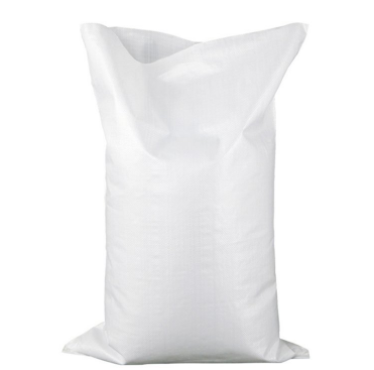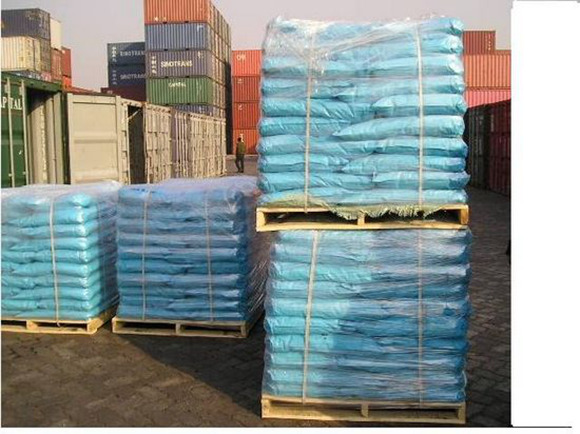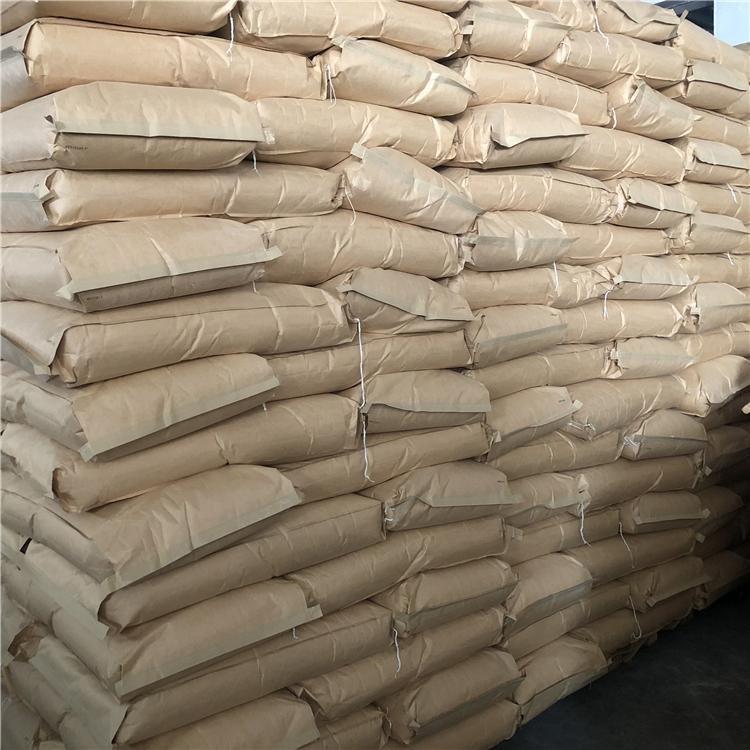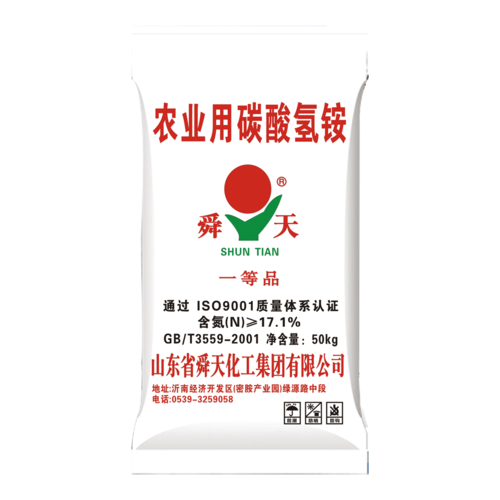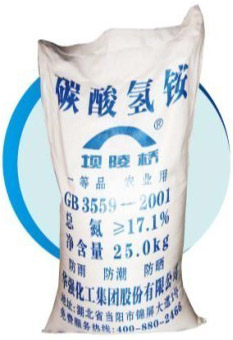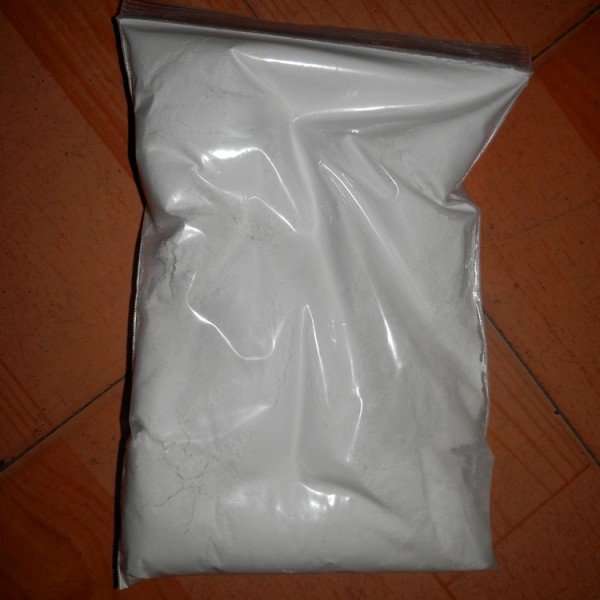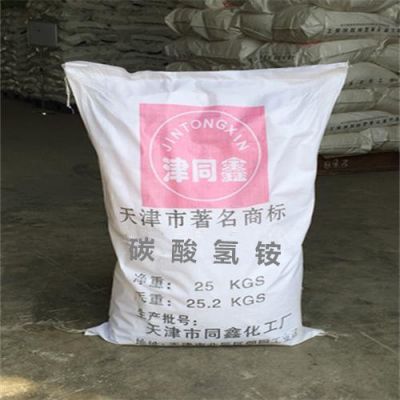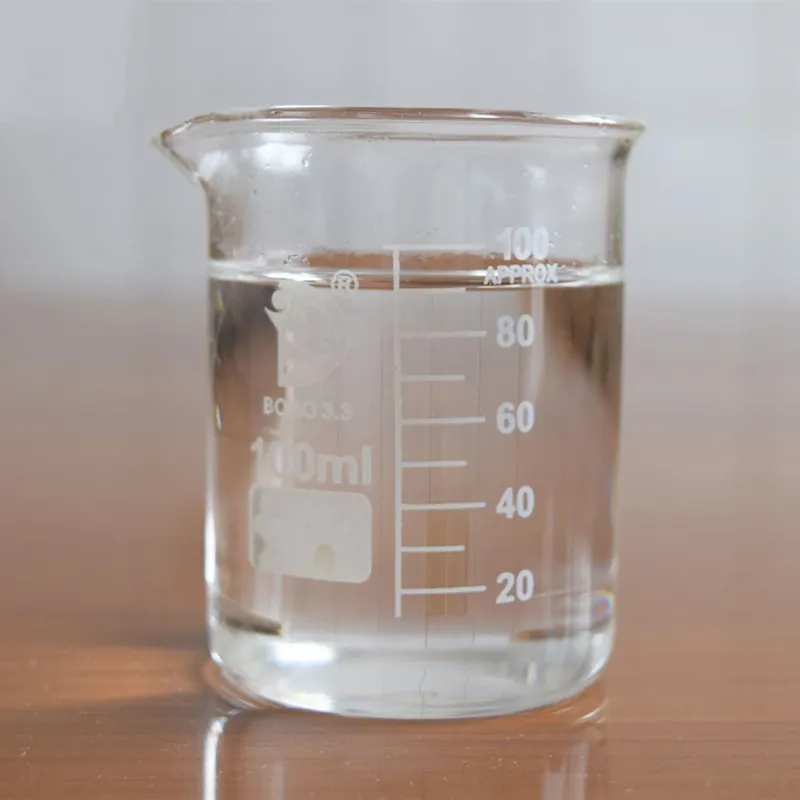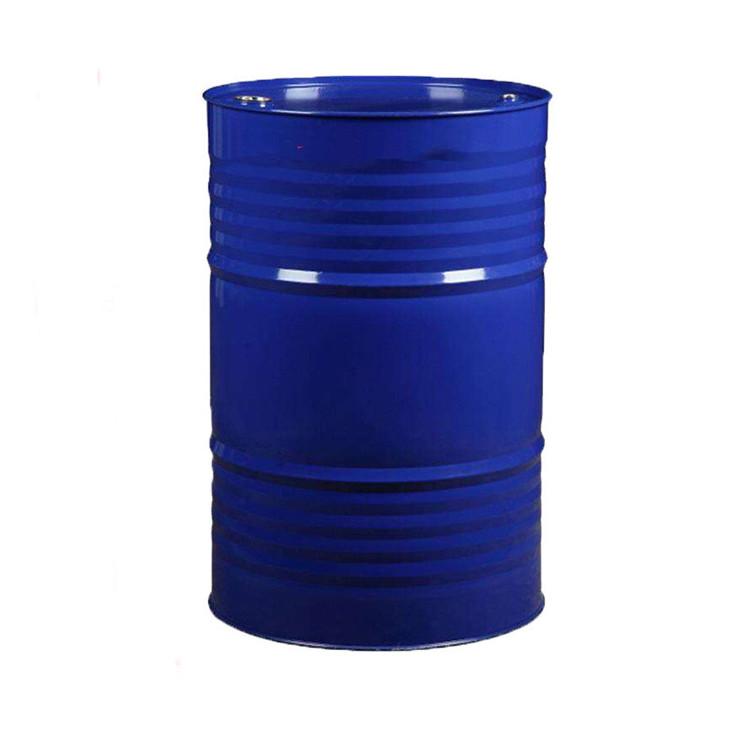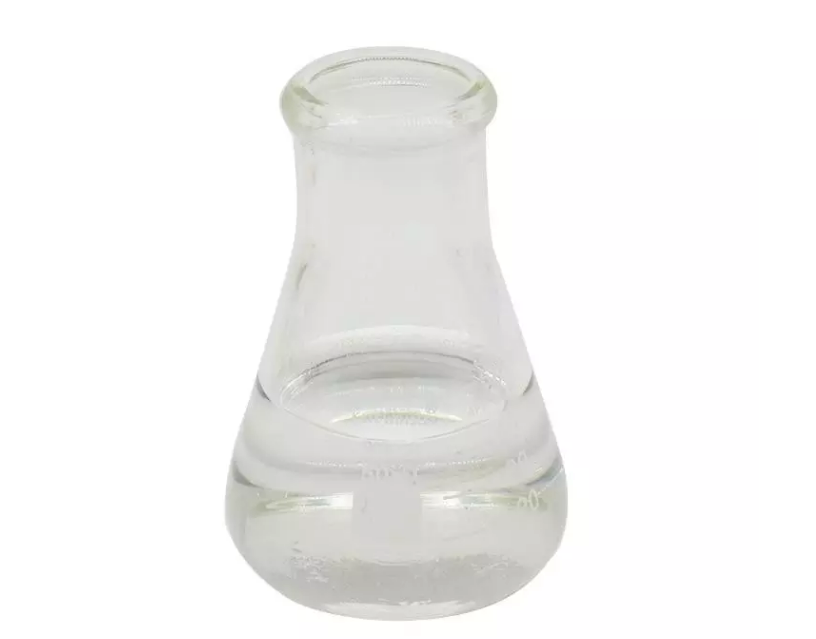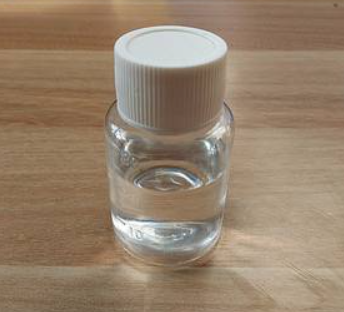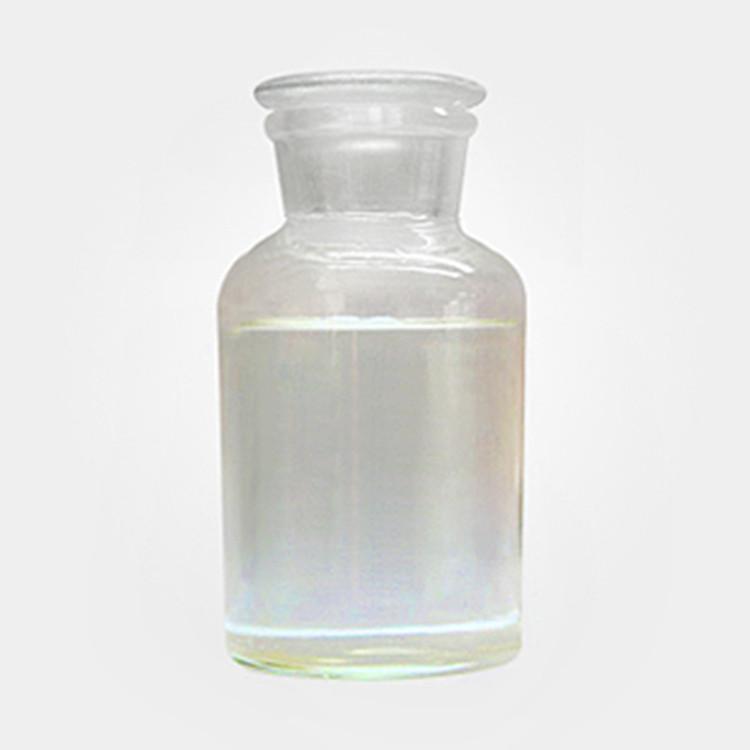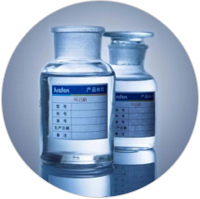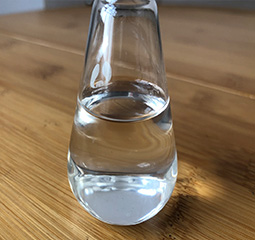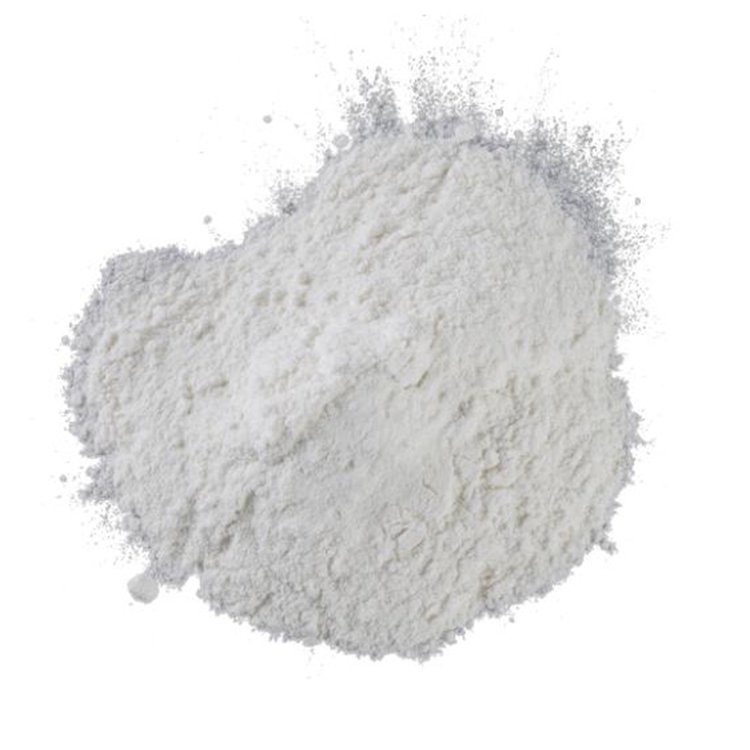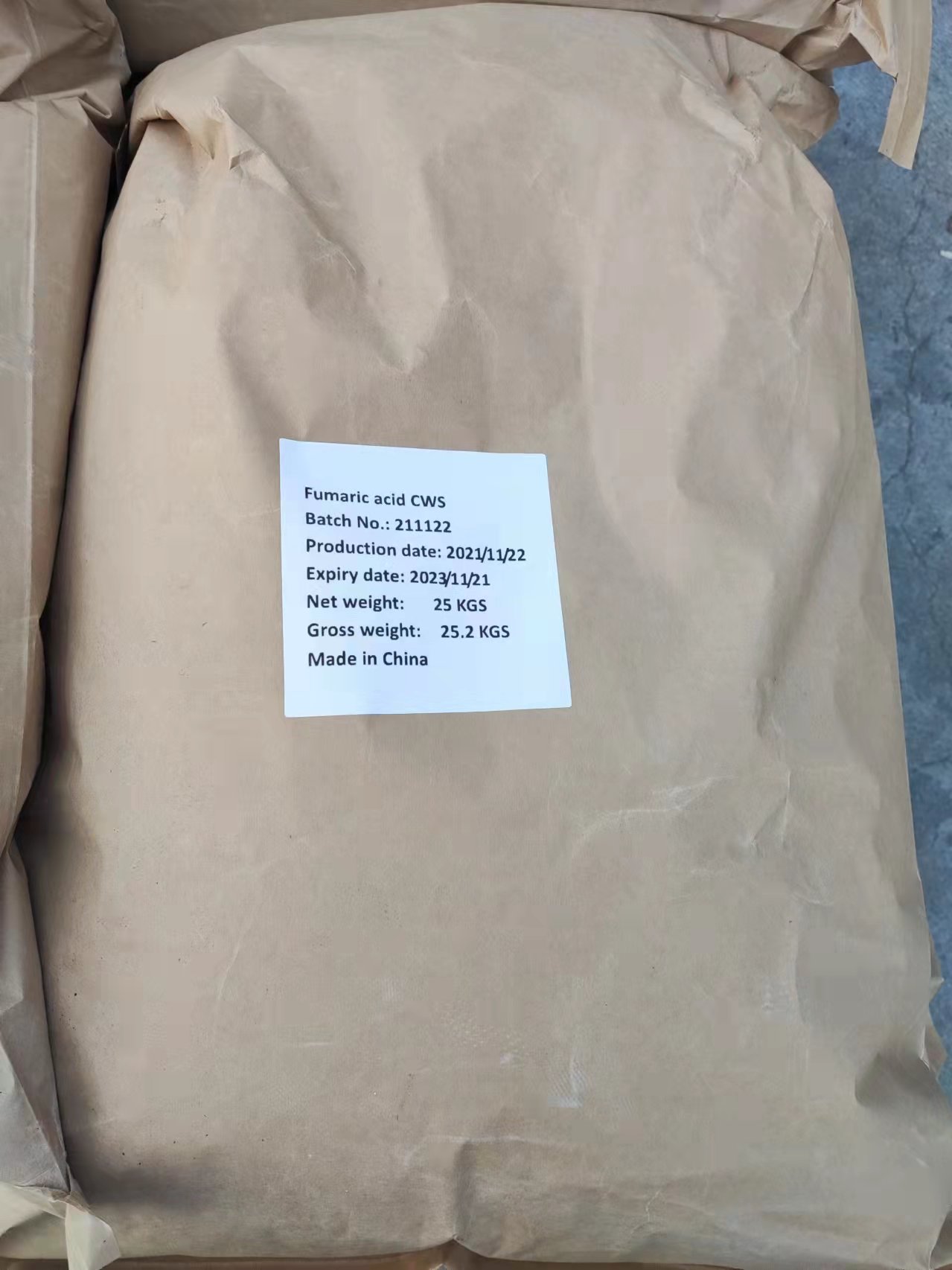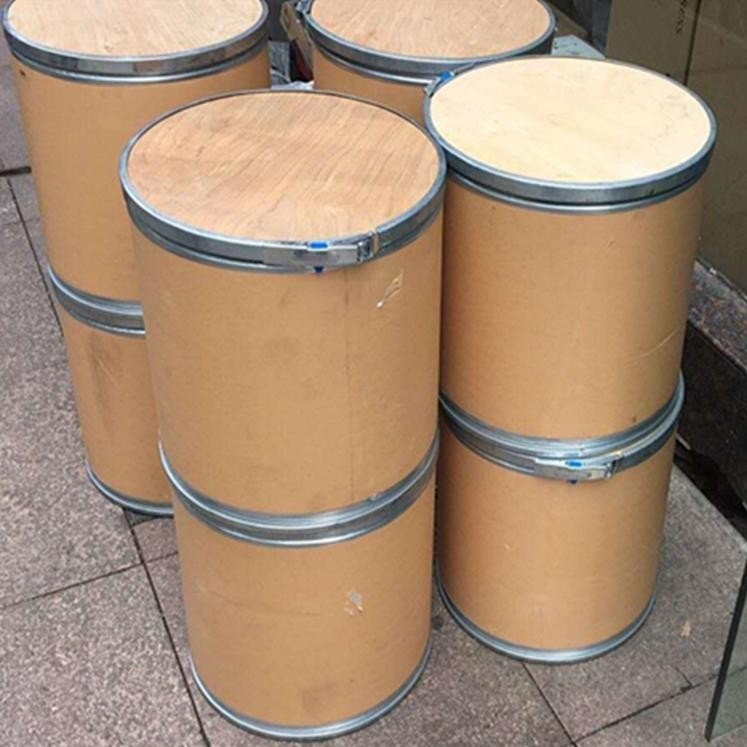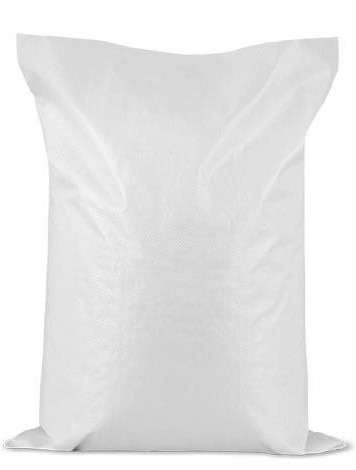Feed Additive
Additives For Food Packaging
Colorant
Stabilizer and Coagulator
Water Retention Agent
Feed Deworming Health Agents
Anti Corrosion and Preservation
Color Fixative
Flour Treatment Agent
Defoamer
Coating Agent
Feed Vitamins
Emulsifier
Other Food Additives
Nutritional Fortifier
Thickening Agent
Feed Quality Enhancer
Antioxidants
Chewing Gum Bases
Bulking Agent
Feed Amino Acids and Small Peptides
Flavor Enhancer
Sweeteners
Additives For Feed Preservation
Other Feed Additives
Food Additive
Bleaching Agents
Anticaking Agent
Food Flavors and Fragrances
Enzyme Preparation
Feed Trace Elements
Acidity Regulators
Feed Growth Promoters
Feed Conditioner
CAS:10257-54-2
Molecular Formula:CuH2O5S
Alias
More Information
Copper Sulfate Monohydrate; Copper Sulfate Hydrate; Copper Sulfate (5 Water); Cupricsulfate,Monohydrate,Purified; Copper(Ii) Sulfate 1-Hydrate; Cupric Sulfate Monohydrate; Copper; Sulfate; Hydrate; Copper(II) Sulfate Hydrate; Copper (II) Hydroxide Sulfate.
Brief Introduction
It is used as textile mordant, agricultural pesticide, water bactericide and feed additive, and for copper plating.
Suppliers
View More Vendors (4) >
CAS:1066-33-7
Molecular Formula:CH5NO3
Alias
More Information
Azanium; Hydrogen Carbonate; Ammonium Hydrogen Carbonate; Ammonium Hydrogencarbonate; Azanium,Hydrogen Carbonate
Brief Introduction
Ammonium bicarbonate appears as a white crystalline solid having the odor of ammonia. Soluble in water. The primary hazard is the threat to the environment. Immediate steps should be taken to limit spread to the environment. Used to make other ammonium compounds, in food processing, and for other uses.
Suppliers
View More Vendors (4) >
CAS:108-21-4
Molecular Formula:C5H10O2
Alias
More Information
2-Propyl Acetate; Acetic Acid,1-Methylethyl Ester; IPAE; IPAC; Acetic Acid Isopropyl Ester; Isopropanol Acetate; iso-Propyl Acetate; Iso Propyl Acetate
Brief Introduction
It is mainly used as solvent for coatings, printing inks and so on. It is also commonly used as dehydrating agent in industry, extractant and perfume component in pharmaceutical production. It is used as an extractant for medical and pharmaceutical products, used in the manufacture of flavors, as well as solvents and reagents for coatings, etc.
Suppliers
View More Vendors (4) >
CAS:108-94-1
Molecular Formula:C6H10O
Alias
More Information
Ketohexamethylene; Pimelic Ketone; Sextone; Cyclio Hexanone
Brief Introduction
Used as organic solvent.
It is used as raw material and solvent for synthetic resin and synthetic fiber.Cyclohexanone is an important chemical raw material and industrial solvent. It is the main intermediate for the manufacture of nylon, caprolactam and adipic acid.
Suppliers
View More Vendors (4) >
CAS:110-17-8
Molecular Formula:C4H4O4
Alias
More Information
2-Butenedioic Acid (E)-; Trans-2-Butenedioic Acid; 2-Butenedioic Acid; Trans-Butenedioic Acid; FA; Allomaleic Acid; Lichenic Acid; Fumarate; (2E)-But-2-Enedioic Acid
Brief Introduction
Fumaric acid appears as a colorless crystalline solid. The primary hazard is the threat to the environment. Immediate steps should be taken to limit spread to the environment. Combustible, though may be difficult to ignite. Used to make paints and plastics, in food processing and preservation, and for other uses.
Fumaric acid is a butenedioic acid in which the C=C double bond has E geometry. It is an intermediate metabolite in the citric acid cycle. It has a role as a food acidity regulator and a fundamental metabolite. It is a conjugate acid of a fumarate(1-).
Suppliers
View More Vendors (4) >
Inquiry (
10
/ 10
)
Clear All
Sign In
Error!

